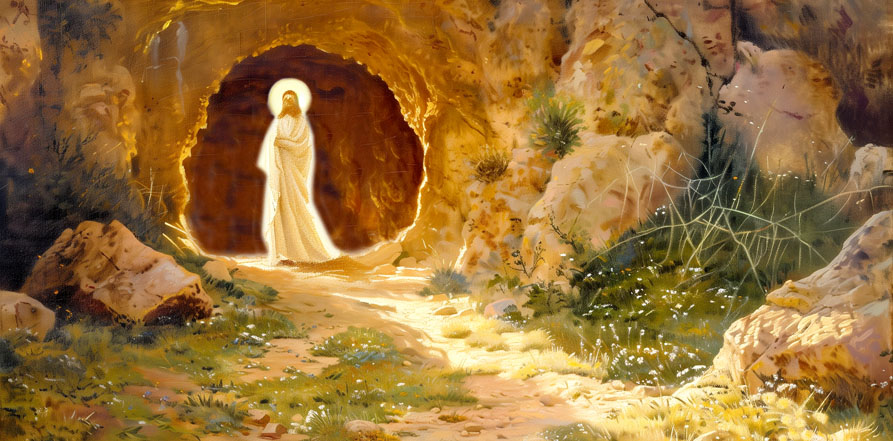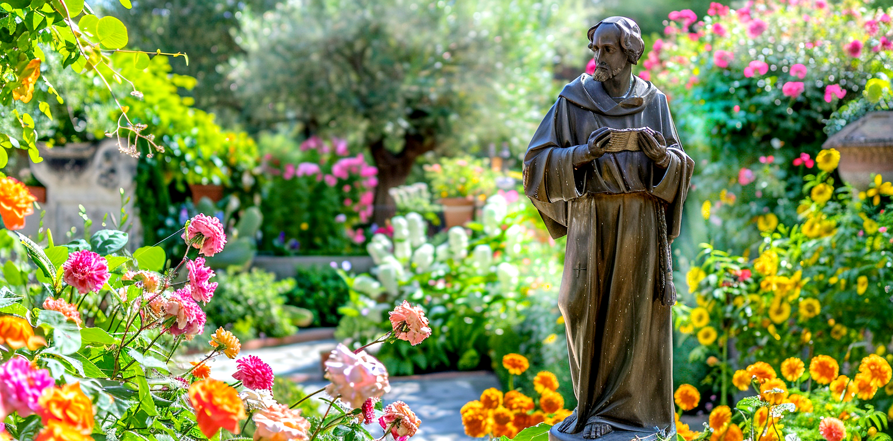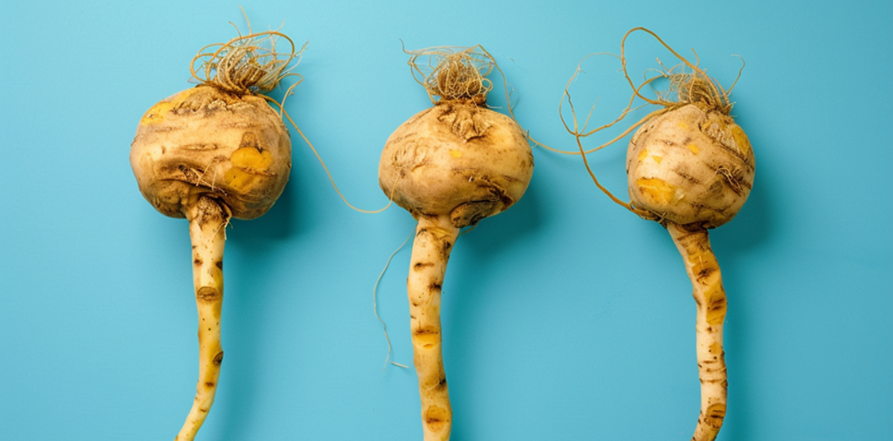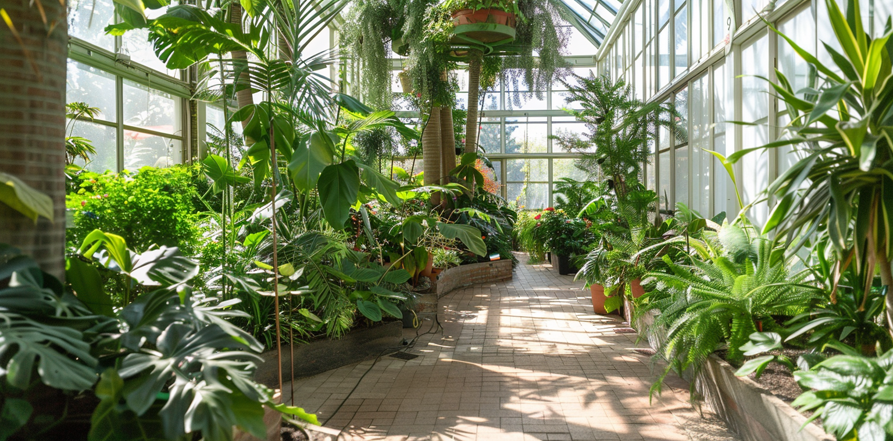By Donnie Yance
“There isn’t anything about a caterpillar that tells you it’s going to be a butterfly.”
–Buckminster Fuller
The parallels between near-death experiences (NDEs) and the core narrative of Easter in Christian theology are both striking and profound. Easter commemorates Christ’s resurrection—the ultimate transition from death to new life—which resonates deeply with NDE accounts. Many experiencers report feelings of transcendence, encounters with a loving presence, and a sense of passing through darkness into brilliant light, mirroring the Passion and Resurrection story central to Christian faith.
Continue reading “The Easter Connection: Death, Resurrection, and Transcendence”





